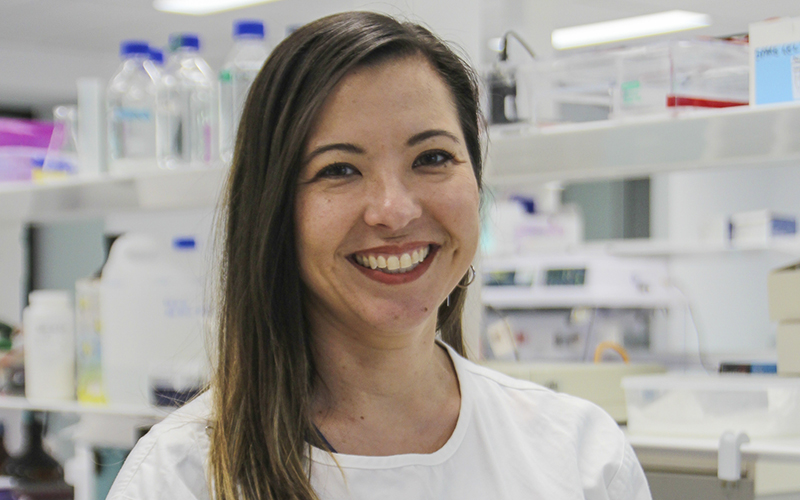Search
Research
Novel peptide-based drugs for the treatment of sonic hedgehog-dependent medulloblastomaMedulloblastoma, the most common pediatric malignant brain tumor, consists of at least four distinct molecular subgroups.
Research
Chemotherapy increases amenability of surgical resection in congenital glioblastomaBrain tumors presenting in infancy, especially during the first 6 months of life.
Research
Pediatric meningioma: Current approaches and future directionWith improvement in leukemia therapy, central nervous system (CNS) tumors are the leading cause of cancer mortality in children and the most expensive...

News & Events
Cancer Council WA supports development of less toxic treatments for childhood brain cancerThe Kids Research Institute Australia researcher, Dr Raelene Endersby, will work to develop less toxic treatments for children with brain cancer, thanks to support from Cancer Council WA.
Research
Increased Body Mass Index during Therapy for Childhood Acute Lymphoblastic Leukemia: A Significant and Underestimated ComplicationWe undertook a retrospective review of children diagnosed with acute lymphoblastic leukemia (ALL) and treated with modern COG protocols to determine...
Research
Folate pathway gene polymorphisms and risk of childhood brain tumors: Results from an Australian case-control studyRecent research suggests that maternal folic acid supplementation is associated with a reduced risk of childhood brain tumors (CBT); polymorphisms in folate...
Research
Novel oncogenic PDGFRA mutations in pediatric high-grade gliomasThe outcome for children with high-grade gliomas (HGG) remains dismal, with a 2-year survival rate of only 10% to 30%.
Research
Bacillus Cereus Bacteremia and Multiple Brain Abscesses During Acute Lymphoblastic Leukemia Induction TherapyBacillus cereus can cause serious infections in immunosuppressed patients. This population may be susceptible to B. cereus pneumonia, bacteremia, cellulitis,...
Research
Meningiomas in children and adolescents: a meta-analysis of individual patient dataThe epidemiological, prognostic, and therapeutic features of child and adolescent meningioma are poorly defined...
Research
Polymorphisms associated with normal memory variation also affect memory impairment in schizophreniaNeurocognitive dysfunction is a core feature of schizophrenia with particularly prominent deficits in verbal episodic memory.
